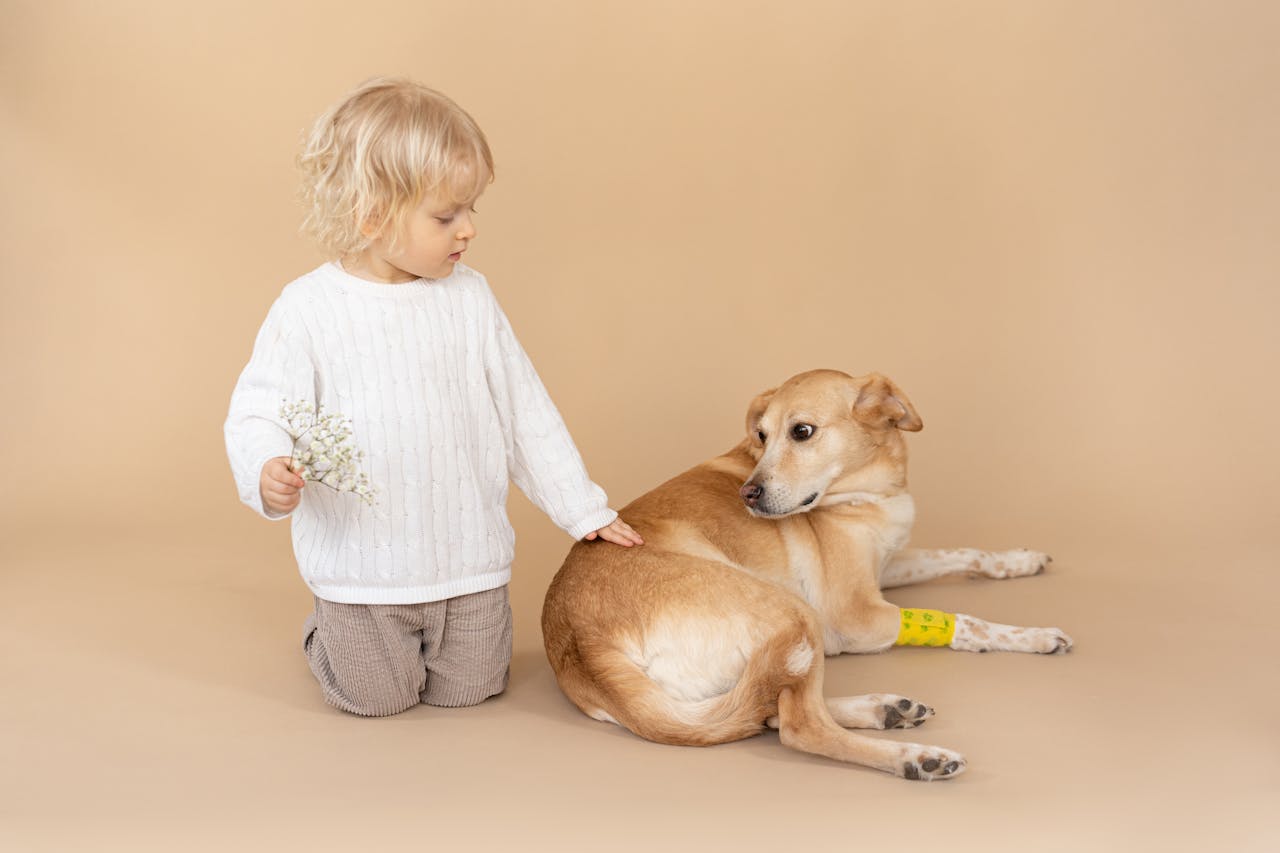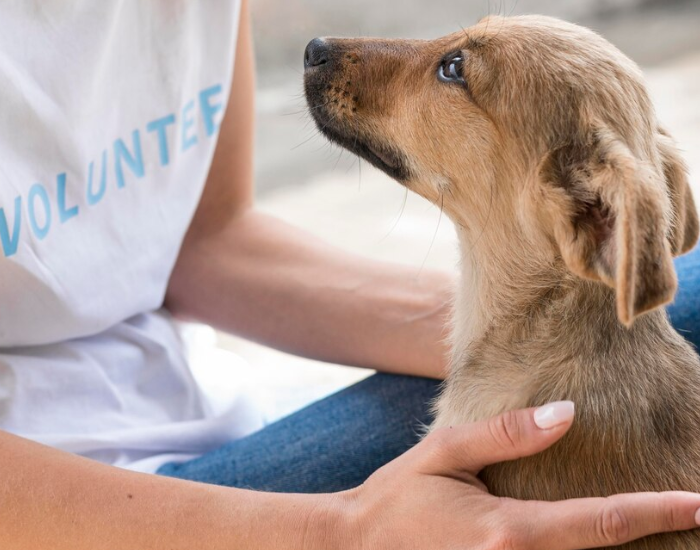Assistance dogs can transform lives, providing essential support and companionship to individuals with disabilities. Whether you need a service dog for physical tasks, a guide dog for vision impairment, or an emotional support animal for mental health, applying for an assistance dog involves several steps. This comprehensive guide covers everything you need to know about applying for an assistance dog, from understanding the different types to navigating the application process and preparing for life with your new companion.
Understanding Assistance Dogs
Types of Assistance Dogs
1. Service Dogs: Trained to perform specific tasks for individuals with physical disabilities, such as retrieving items, opening doors, or alerting to medical conditions like seizures or low blood sugar.
2. Guide Dogs: Specially trained to assist individuals who are visually impaired or blind, helping them navigate their environment safely.
3. Hearing Dogs: Assist individuals who are deaf or hard of hearing by alerting them to important sounds such as doorbells, alarms, and approaching vehicles.
4. Mobility Assistance Dogs: Help individuals with mobility issues by providing balance support, retrieving dropped items, and assisting with transfers.
5. Medical Alert Dogs: Trained to detect medical conditions such as diabetes or epilepsy and alert their owners to impending episodes.
6. Psychiatric Service Dogs: Assist individuals with psychiatric conditions like PTSD, anxiety, and depression by performing tasks that mitigate their symptoms.
7. Emotional Support Animals (ESAs): Provide comfort and emotional support to individuals with psychiatric or emotional disabilities. Unlike service dogs, ESAs do not require specialized training.
Legal Definitions and Protections
• Americans with Disabilities Act (ADA): Defines service animals and grants them access to public places.
• Fair Housing Act (FHA): Protects the rights of individuals with ESAs in housing situations.
• Air Carrier Access Act (ACAA): Allows individuals to travel with service animals and ESAs on airplanes, subject to certain conditions.
The Application Process
Step 1: Determine Your Eligibility
Before applying for an assistance dog, you need to determine your eligibility. This typically involves:
Medical Documentation: Obtain a diagnosis from a licensed healthcare provider that outlines your disability and explains how an assistance dog could help.
Personal Assessment: Evaluate your living situation, daily activities, and ability to care for a dog.
Step 2: Choose the Right Organization
Research organizations that train and place assistance dogs. Consider the following factors:
Reputation: Look for organizations with a solid track record and positive reviews from past clients.
Accreditation: Check if the organization is accredited by a recognized body, such as Assistance Dogs International (ADI).
Specialization: Ensure the organization specializes in the type of assistance dog you need.
Step 3: Application Submission
Once you've chosen an organization, follow their application process, which generally includes:
Application Form: Complete and submit the application form provided by the organization.
Supporting Documents: Provide medical documentation and any other required paperwork.
Application Fee: Some organizations may charge a non-refundable application fee.
Step 4: Evaluation and Interview
After submitting your application, you may undergo an evaluation process that includes:
Phone Interview: A preliminary interview to discuss your needs and expectations.
In-Person Interview: A more detailed assessment of your suitability for an assistance dog.
Home Visit: Some organizations conduct home visits to ensure a safe and suitable environment for the dog.
Step 5: Training and Matching
If you pass the evaluation, the organization will match you with a suitable dog. This process involves:
Dog Selection: Based on your specific needs, lifestyle, and personality.
Training Program: Participate in a training program to learn how to work with your assistance dog.
Bonding Period: Spend time bonding with your dog to build a strong, effective partnership.
Step 6: Final Placement and Follow-Up
Once the training is complete, the final placement of the dog occurs:
Transition Period: Gradually transition the dog into your home and daily life.
Follow-Up Support: Receive ongoing support and training updates from the organization.
Preparing for Life with an Assistance Dog
Home Preparation
Dog-Friendly Environment: Ensure your home is safe and accommodating for a dog, with designated areas for sleeping, eating, and playing.
Supplies: Gather necessary supplies, including food, bowls, a bed, toys, grooming tools, and a first-aid kit.
Daily Care and Maintenance
Feeding and Exercise: Establish a routine for feeding, exercise, and bathroom breaks.
Healthcare: Schedule regular veterinary check-ups and maintain up-to-date vaccinations.
Integration into Daily Life
Training Reinforcement: Continuously reinforce the training and commands your dog has learned.
Public Etiquette: Practice proper etiquette when taking your dog into public places, ensuring they behave appropriately.
Legal and Social Considerations
Identification: Carry identification for your assistance dog, including certification and medical documentation.
Advocacy: Be prepared to advocate for your rights and educate others about the role of assistance dogs.
Common Challenges and Solutions
Access Issues
Despite legal protections, you may encounter resistance when accessing public places. To address this:
Know Your Rights: Familiarize yourself with the ADA, FHA, and ACAA to understand your legal rights.
Documentation: Carry necessary documentation and be ready to provide it if questioned.
Stay Calm: Handle confrontations calmly and educate others about assistance dogs.
Training and Behavior
Maintaining your dog's training and behavior is crucial:
Ongoing Training: Participate in refresher courses and stay consistent with commands.
Behavior Management: Address any behavior issues promptly with the help of a professional trainer if needed.
Health and Wellbeing
Your dog's health and wellbeing are paramount:
Regular Vet Visits: Schedule routine check-ups and follow your vet's recommendations.
Balanced Diet: Provide a nutritious diet tailored to your dog's needs.
Mental Stimulation: Keep your dog mentally stimulated with activities and training exercises.
Financial Considerations
Cost of an Assistance Dog
Obtaining and maintaining an assistance dog can be costly. Expenses may include:
Application Fees: Non-refundable fees for applying to an organization.
Training Costs: Fees for the dog's training, which can be substantial.
Veterinary Care: Ongoing expenses for medical care, including check-ups, vaccinations, and emergency care.
Supplies: Costs for food, grooming, and other supplies.
Funding and Assistance
Several options are available to help offset these costs:
Grants and Scholarships: Some organizations and charities offer financial assistance for individuals applying for assistance dogs.
Fundraising: Crowdfunding and community fundraisers can help cover costs.
Insurance: Check if your health insurance covers any part of the cost associated with an assistance dog.
Success Stories
Reading about others' experiences can be inspiring and informative. Here are a few success stories of individuals who have benefited from assistance dogs:
Applying for an assistance dog is a journey that requires careful planning, patience, and dedication. From understanding the different types of assistance dogs to navigating the application process and preparing for life with your new companion, this guide has provided a comprehensive overview to help you on your path. Assistance dogs can provide invaluable support, enhancing your quality of life and helping you achieve greater independence.
Remember, the process may be lengthy and sometimes challenging, but the reward of having a loyal and supportive assistance dog by your side is immeasurable. By following the steps outlined in this guide and staying committed, you can successfully apply for an assistance dog and experience the profound benefits they bring.













